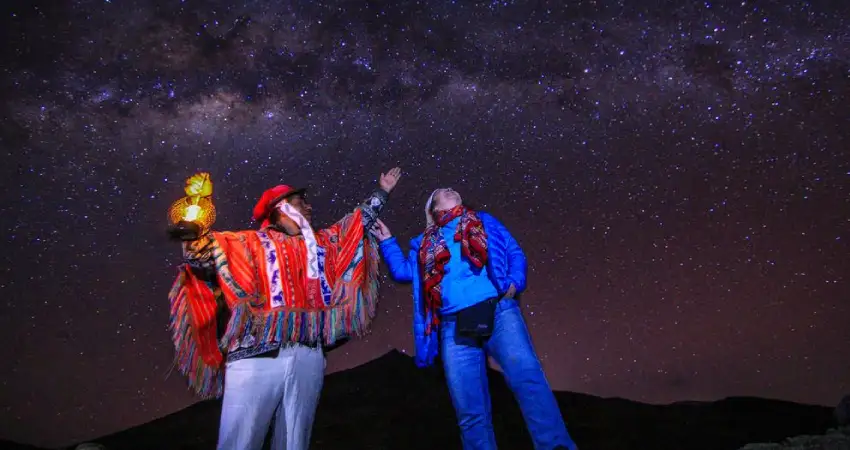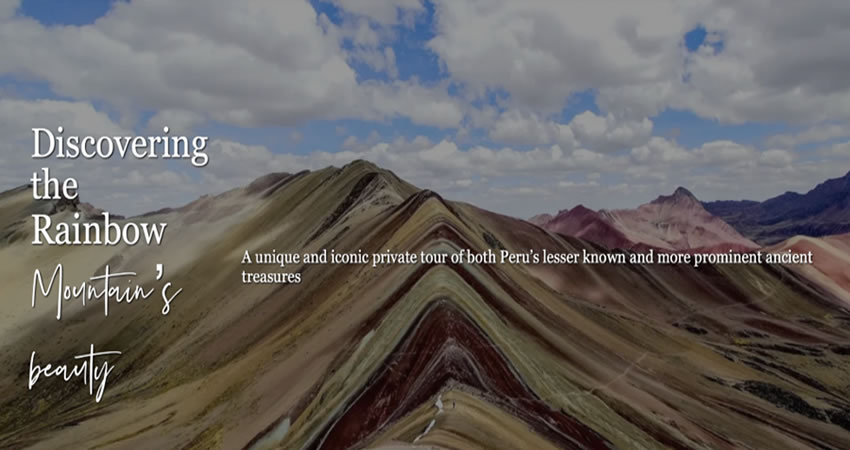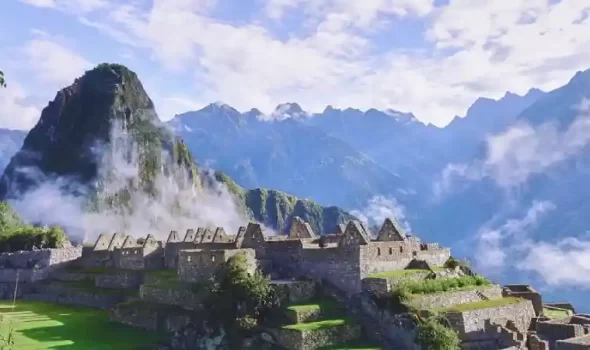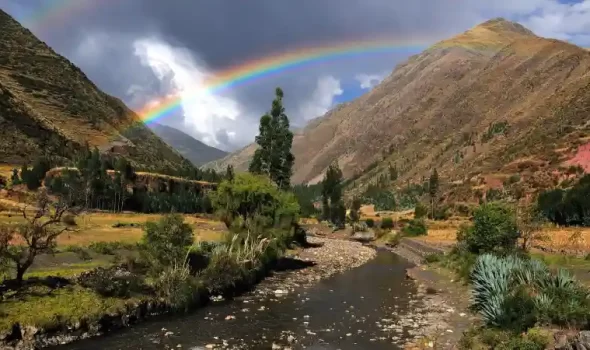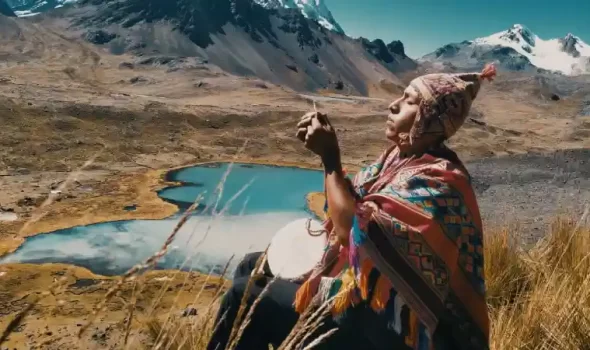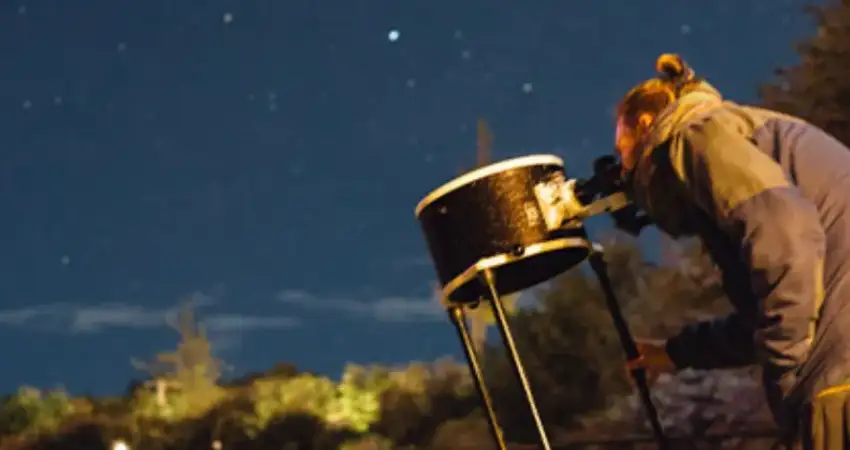
1.- INSIDE THE CUSCO PLANETARIUM
Inside the Cusco Planetarium you can see that it is not an improvised place or made to attract tourists. It is a place specialized in the interpretation of the stars in the Andean sky, inside you can find 2 rooms dedicated to learn essential aspects of Inca astronomy with informative panels and dynamic talks in which you can learn more about it.
There is also a spacious dome that allows groups of 22 people at a time to participate in a complete workshop on Inca astronomy with a projection of the sky in real time with excellent quality audiovisual material.
The last space of the Cusco Planetarium consists of a large garden where there is a group of professional telescopes that are used to observe the stars closely, also planets, nebulae and at some times of the year constellations and star systems, all this experience within the Cusco Planetarium is done with professional guides who have studied for years the behavior of the stars and how is the relationship they have with the behavior of the weather.
Although the Cusco Planetarium Cost is not as expensive as other experiences in its shared version, it allows you to enjoy sequentially through all the spaces it contains including access to its gift store where we are sure you can find a beautiful souvenir of your experience inside the Planetarium Cusco Peru.
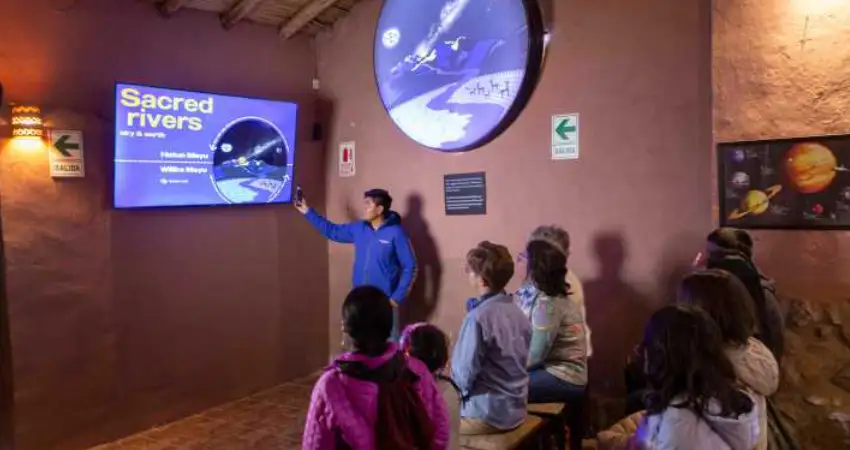
2.- VISITOR INFORMATION ABOUT THE PLANETARIUM CUSCO PERU
Something that stands out about the Cusco Planetarium is its implementation, it is not simple or improvised but on the contrary, we could consider it as the most original in the world. The Cusco Planetarium is located at a distance of 15 minutes from the city of Cusco in the reserve of Llaullipata, very close to the archaeological park of Saqsayhuaman which gives it a natural aspect and combines perfectly with the Cusco Planetarium.
To get here we must take the Cusco Planetarium tour that starts in the center of the city, the regular program is as follows:
- 17:30 – 18:00 Pick up from Regocijo square and start the experience with the group.
- 18:15 – 18:30 Arrival at the planetarium facilities and brief talk about the tour.
- 18:30 – 19:00 Specialists provide information about Inca Astronomy.
- 19:00 – 19:25 Virtual projection of the southern sky in a dome and Inca constellations.
- 19:30 – 20:00 Use of the telescopes together with professional astronomers to look at constellations and planets.
- 20:00 – 20:15 Return trip to the main square of Cusco.
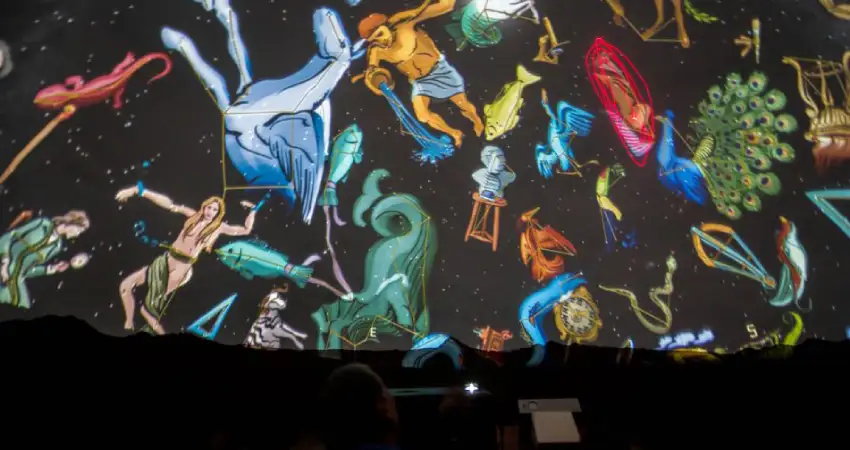
The visit to Cusco Planetarium is exclusive with limited spaces for travelers on a daily basis. It only has one visit a day from 18:00 pm to 20:00 pm, the Cusco Planetarium Cost is s/85.00 soles per person and the groups have a limit of up to 22 people. There are also private and more personalized options but these are priced from $ 200.00 dollars for your whole group.
| “Adventure awaits, go find it.” |
3.- INCA ASTRONOMICAL KNOWLEDGE
The Inca knowledge about the constellations and set of stars was advancing as the culture also grew and improved, for a long time they associated many things with similarity of animals giving it a meaning that was then transmitted through generations for this reason during the Andean belief is considered that every animal, person and living being in general has a representation in the stars and the cosmos.
Their level of astronomical knowledge was limited to what they could see with their eyes. For this reason they identified 2 types: The first was made up of sets of stars that when put together could provide an image which they could interpret, the second were dark spots within the milky way, these had shapes which they adapted for their interpretation.
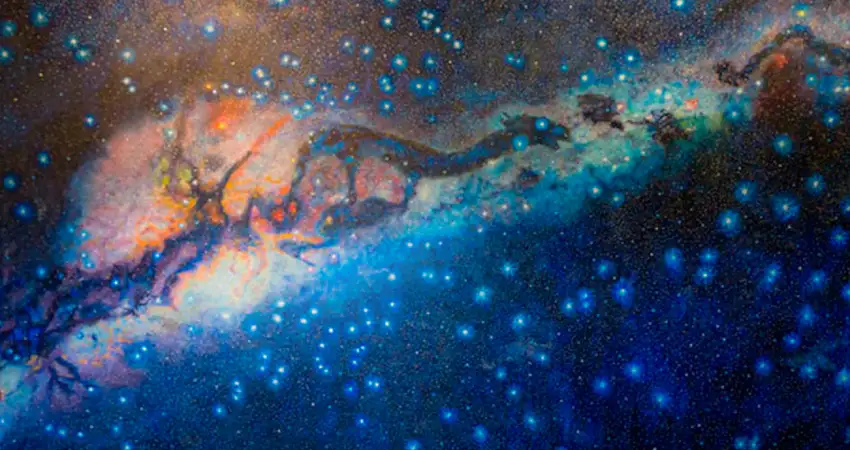
The spots mentioned within the milky way can still be seen today when you visit the Cusco Planetarium, among the figures found are:
- Mach’acuay: Snake
- Hanp’atu: Toad
- Yutu:
- Urcuchillay:
- Atoq:
- Chakana: Southern cross.
In the same way Inca astronomy was also linked to changes, which were established as periods. Each one with 30 days while there was a connection with the new period. The Inca year began in August, which coincided with the beginning of agricultural activity and today is the time of year when we celebrate and honor mother earth. The known periods are:
- Raymi (December): Known as the Sun Easter, the ceremony of the ‘Huarachicuy’ or initiation to be men.
- Camay (January): Time of low agricultural production.
- Jatunpucuy (February): Time of sacrifices and offerings with incredible amounts of gold and silver.
- Pachapucuy (March): Month of rain.
- Arihuaquis (April): Preparation for the corn and potato harvest.
- Jatuncusqui (May): Time of the harvest.
- Aucaycusqui (June): Main festival dedicated to the sun god (Inti Raymi), it is also the winter solstice.
- Chaguahuarquis (July): Month of preparation for planting.
- Yapaquis (August): Inca new year, sowing time.
- Coyaraymi (September): Celebration of the Coya (queen).
- Humaraymi (October): Ceremonies for the invocation of the rains.
- Ayamarca (November): Moment of respect, worship to the dead.
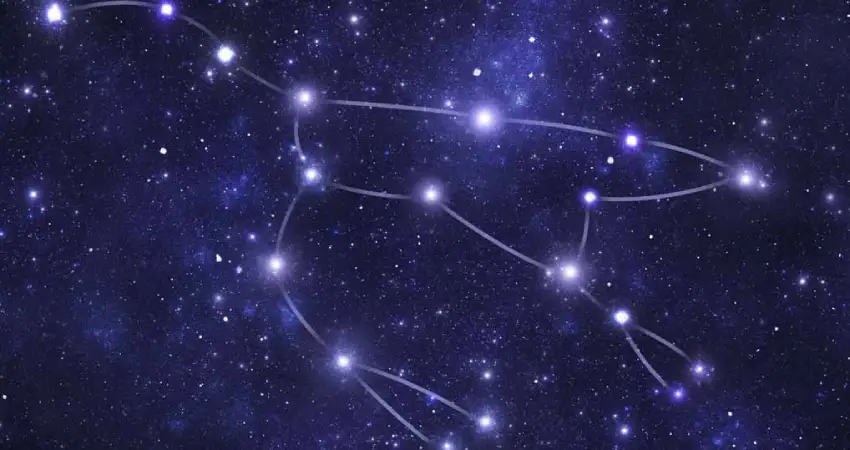
Their interpretation of the stars for agricultural production was not only centered on the stars or constellations, it was also common to see how they used the projection of shadows for this, for this reason the Inca astronomical interpretation centers are located at the top of the archaeological centers and generally have a space where there is a monolith that is aligned with a window which allowed this projection of shadows.
4.- THE ANDEAN BELIEF TRADITION
“Embark on a celestial journey at the Planetarium Cusco, where the mysteries of the Andean night sky come to life. Nestled in the heart of the ancient Incan capital, this unique attraction offers travelers a chance to explore the cosmos through the eyes of the Inca civilization”.
5.- THE BEST TIME TO VISIT THE CUSCO PLANETARIUM
It is known that Cusco has 2 marked seasons during the year where the temperature and climate change drastically, for the Cusco Planetarium experience it is very important that you choose the right season. Undoubtedly the best time to enjoy your visit to Cusco Planetarium is during the dry season (May to October) because at this time the weather is more stable and the nights are clear without clouds covering the sky. During the rest of the year it is normal to see how some nights the sky is covered with clouds and there is even the presence of rain.
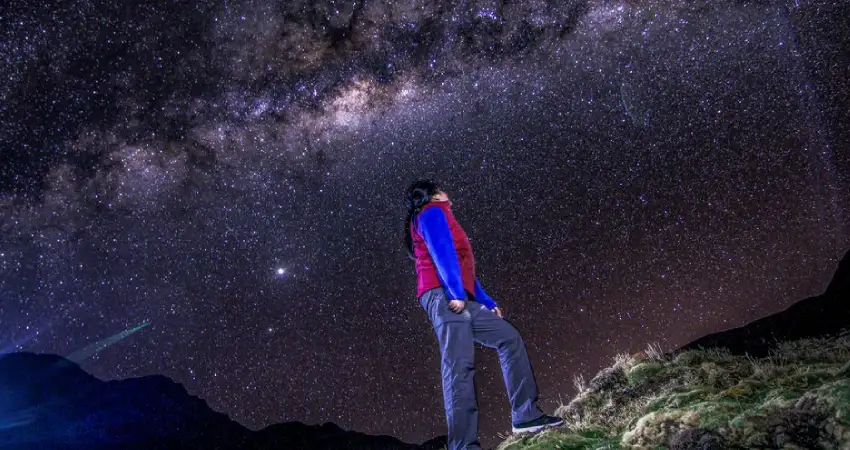
We have everything ready for your next adventure, you can add a visit to Cusco Planetarium whenever you want. Auri Peru is a direct partner with this place of interpretation so we can offer you a personalized option so you can learn more about Inca astronomy with professionals, contact us now and discover the mystery of the cosmos in the Andean skies.
“Don’t put off until tomorrow the trip you can make today.”




